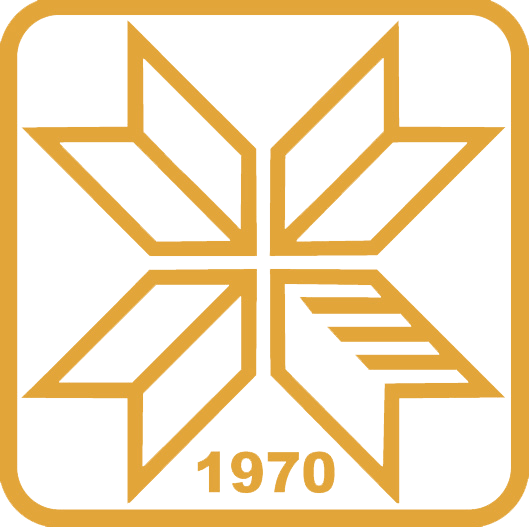Приказ основних података о документу
The effect of UV-irradiation on the thermal stability of modified urea-formaldehyde resins with thermally activated montmorillonite
| dc.contributor.author | Jovanović, Vojislav | |
| dc.contributor.author | Samaržija-Jovanović, Suzana | |
| dc.contributor.author | Petković, Branka | |
| dc.contributor.author | Jovanović, Tijana | |
| dc.contributor.author | Marković, Gordana | |
| dc.contributor.author | Marinović-Cincović, Milena | |
| dc.contributor.author | Teofilović, Vesna | |
| dc.date.accessioned | 2022-11-01T11:05:18Z | |
| dc.date.available | 2022-11-01T11:05:18Z | |
| dc.date.issued | 2021-06-14 | |
| dc.identifier.uri | https://platon.pr.ac.rs/handle/123456789/825 | |
| dc.description.abstract | The montmorillonite as a 2:1 smectite type clay has two tetrahedral sheets of silica sandwiching the alumina octahedral sheet. The particles of this mineral are plate-shaped with the thickness of 0.96 nm and an average diameter about 1 μm. This type of clay (K10) is using to improve the characteristics of different materials in the fields of catalysis, food additives, polymers, sorbents, etc. In this study thermally activated montmorillonite (DK10) was used because the thermal treatment alters its properties. The degree of activation was determined using specific surface measurement (Sear’s method). The specific surface area (SSA) of K10 was 119 m2/g but after the thermal treatmant it was 317.4 m2/g. The effect of UV-irradiation on the thermal stability of a urea-formaldehide resin (UF) nanocomposites based on DTK10 was assessed. For this purpose UF nanocomposites were synthesized and irradiated using UV light at two wavelengths l (254 and 366 nm). Characterization of nanocomposites with modified and not modified clay was performed using XRD, FTIR, and TG/DTA analysis. The peaks at 2q values of 26.74, 26.6, 26.54, 26.6 originate from quartz in sample DTK10, non-irradiated UF/DTK10 and UV-irradiated sample at l=254 nm and l= 366nm, respectively. From the IR spectra it was assessed that intensity of the carboxyl group at 1630 cm−1 decreased with UV-irradiation in modified nanocomposite. The aliphatic stretch band about 2956 cm−1 and –C–O band at 1130 cm−1 also decreases due to the formation of hydrogen bonds with the hydroxyl groups on the DTK10 surface. Based on thermogravimetric measurements it was estimated that before and after UV-irradiation modified UF/DTK10 nanocomposites have almost identical temperature intervals in which degradation processes are occurred. The total mass loss for non-irradiated and irradiated UF/DTK10 was 60.18, 55.26 and 58.6%, respectively. | en_US |
| dc.language.iso | en_US | en_US |
| dc.publisher | RAD Centre | en_US |
| dc.title | The effect of UV-irradiation on the thermal stability of modified urea-formaldehyde resins with thermally activated montmorillonite | en_US |
| dc.title.alternative | Ninth international conference on radiation in various fields of research (RAD 2021) | en_US |
| dc.type | konferencijski-prilog | en_US |
| dc.description.version | publishedVersion | en_US |
| dc.identifier.doi | https://doi.org/10.21175/rad.abstr.book.2021.15.19 | |
| dc.type.mCategory | M34 | en_US |
| dc.type.mCategory | openAccess | en_US |
| dc.type.mCategory | M34 | en_US |
| dc.type.mCategory | openAccess | en_US |
